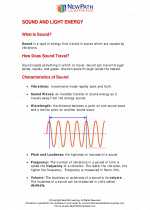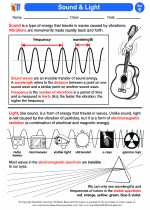Sound and light energy -> snow
Snow
Snow is a type of precipitation in the form of crystalline water ice, consisting of a multitude of snowflakes that fall from clouds. It forms when water vapor in the atmosphere freezes into ice crystals before falling to the ground. Snowflakes can take on a variety of shapes and sizes, and the conditions in the atmosphere determine these characteristics.
Formation of Snow
Snow forms when the temperature in the atmosphere is below freezing (0°C or 32°F) and there is enough moisture present to form ice crystals. These ice crystals then join together to form snowflakes. The shape and structure of snowflakes depend on factors such as temperature, humidity, and air currents.
Study Guide
- What is snow?
Answer: Snow is a form of precipitation in the form of crystalline water ice, consisting of a multitude of snowflakes that fall from clouds. - How does snow form?
Answer: Snow forms when water vapor in the atmosphere freezes into ice crystals before falling to the ground. It requires temperatures below freezing and sufficient moisture in the atmosphere. - What factors determine the shape and size of snowflakes?
Answer: The shape and structure of snowflakes depend on factors such as temperature, humidity, and air currents in the atmosphere.
Understanding the formation and characteristics of snow can help us appreciate the beauty of snowflakes and understand the weather patterns that lead to snowfall.
.◂Science Worksheets and Study Guides Fifth Grade. Sound and light energy

 Activity Lesson
Activity Lesson
 Worksheet/Answer key
Worksheet/Answer key
 Worksheet/Answer key
Worksheet/Answer key
 Worksheet/Answer key
Worksheet/Answer key
 Worksheet/Answer key
Worksheet/Answer key
 Vocabulary/Answer key
Vocabulary/Answer key
 Vocabulary/Answer key
Vocabulary/Answer key
